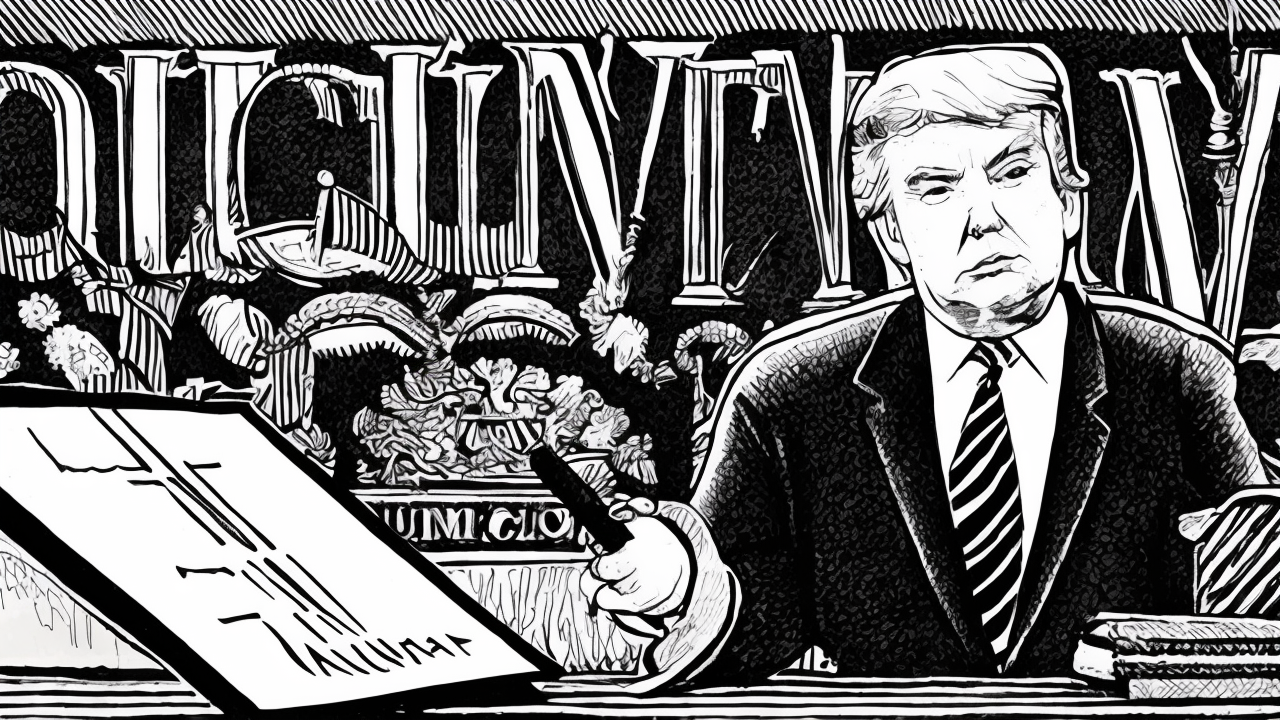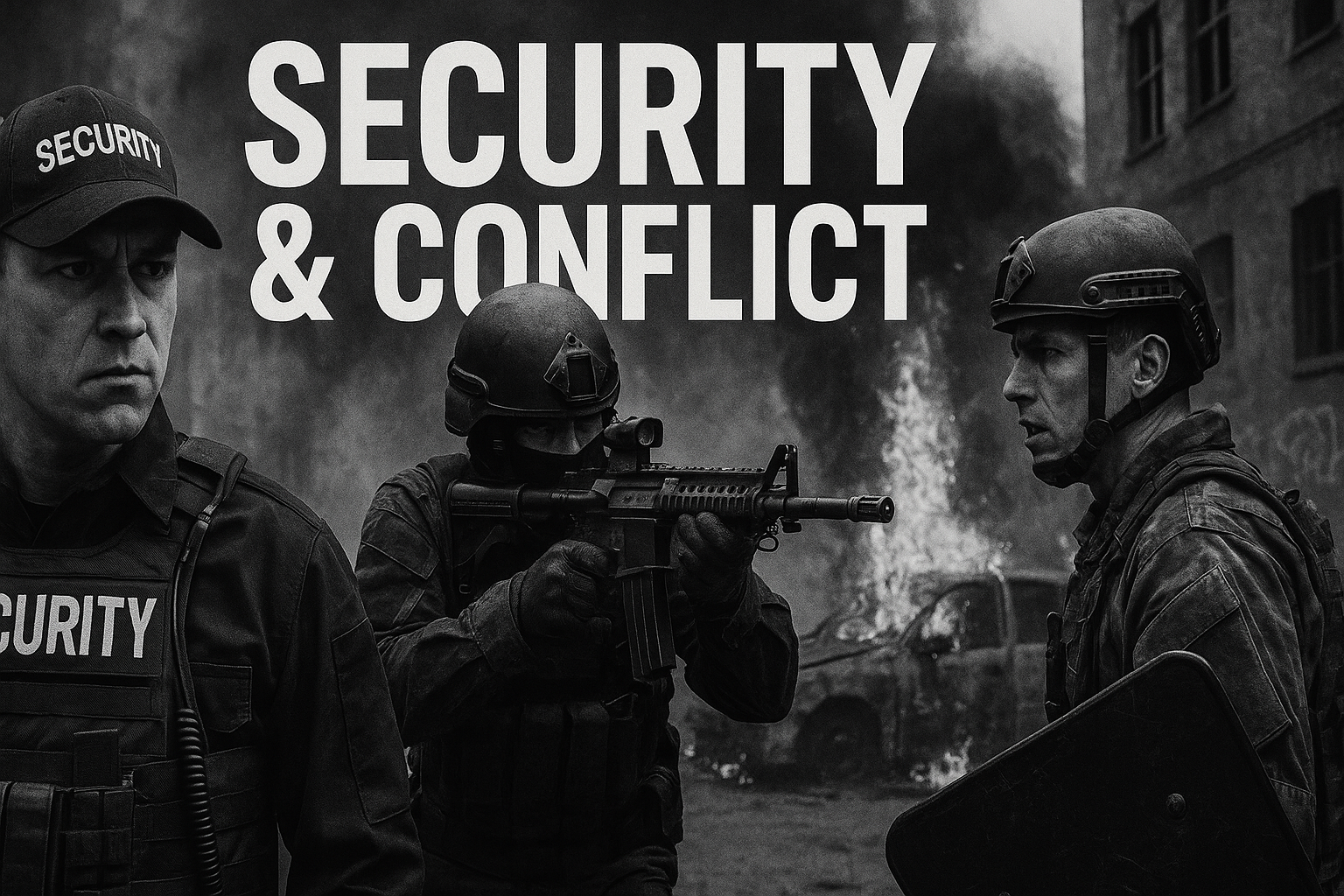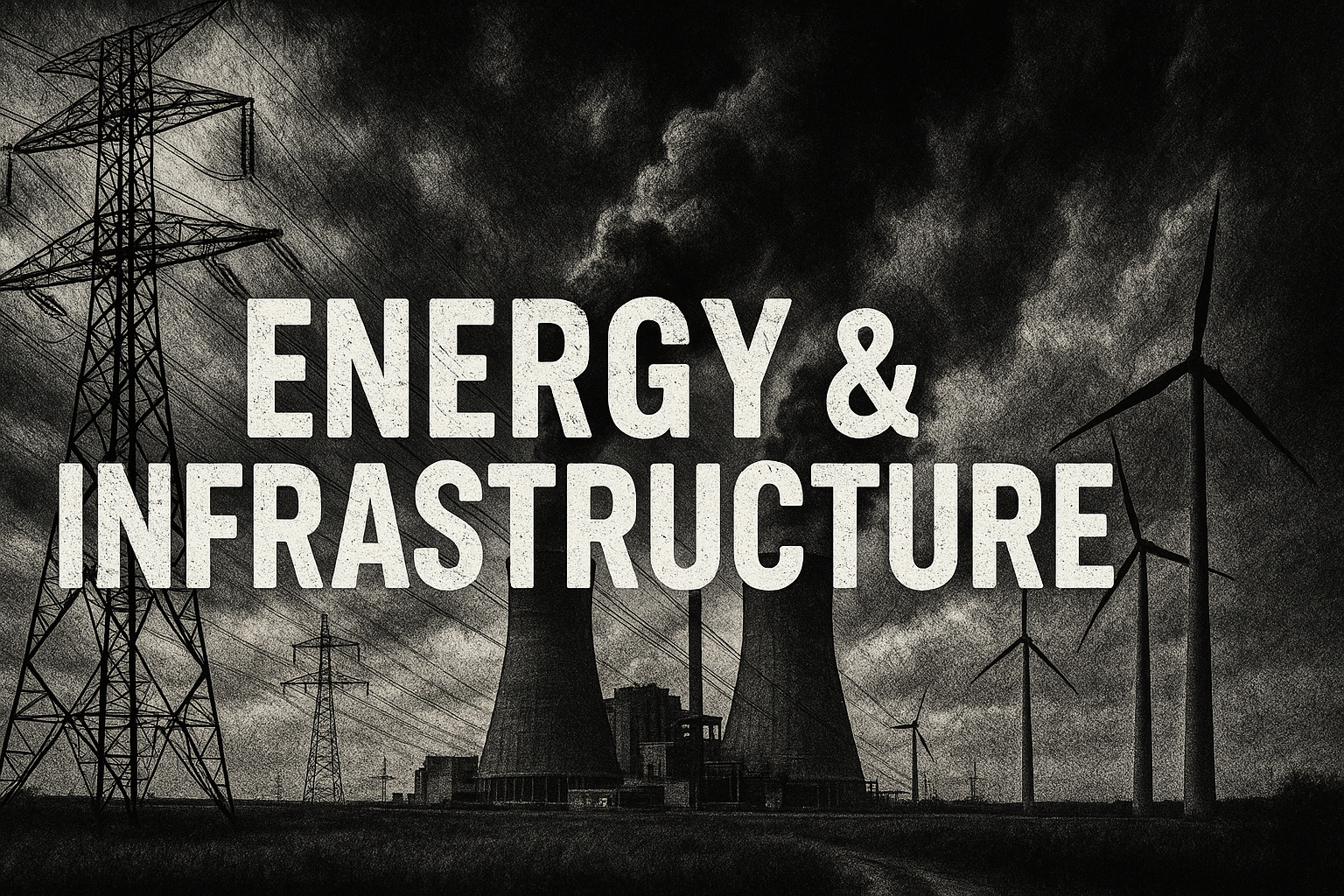U.S. Conducts Precision Strikes on Iran’s Nuclear Facilities

President Donald Trump authorized precision strikes on three of Iran’s critical nuclear sites—Fordow, Natanz, and Esfahan—on Saturday. The operation, carried out by B‑2 stealth bombers armed with Massive Ordnance Penetrators (MOPs) and Tomahawk missiles, targeted deep underground facilities previously considered invulnerable. The White House described the mission as a “complete and total obliteration” of Iran’s nuclear capacity.
U.S. military planners have placed over 40,000 American troops and family members in the Gulf region on heightened alert, with evacuations underway for non-essential personnel. Iran’s potential asymmetric response is a concern, particularly from Iranian-backed militias in Syria and Yemen, such as Hezbollah and the Houthis.
The Pentagon has surged assets across the region and Europe, including carrier strike groups, Patriot and THAAD systems, F‑35s, additional F‑16s in Saudi Arabia, and tanker support. B‑2 bombers remain on standby at Whiteman AFB.
Iran’s Foreign Minister Seyed Abbas Araghchi denounced the strikes as an “outrageous” breach of international law and the Non-Proliferation Treaty, warning of “everlasting consequences.” Hassan Abedini, the deputy political director of Iran’s state broadcaster, claimed the targeted sites had been “evacuated a while ago,” minimizing the impact of the attack.
The Iranian Atomic Energy Organization called the bombing a “barbaric violation” of international law. However, Saudi Arabia and the United Nations’ nuclear watchdog reported no increase in radiation levels following the strikes. The full extent of the damage and casualties remains unclear.
Published: 6/22/2025
















